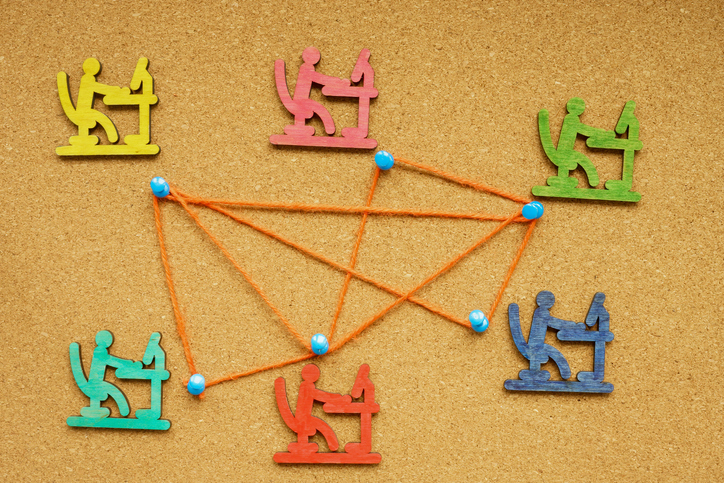Round-the-clock news coverage keeps you informed of local, national, and world events. It can also bring images, sounds, and stories of traumatic events into your home where children may be exposed to them. Older children and teens can view coverage of violent and disturbing events through their own media use, even if you’d prefer to shield them.
The effects of this exposure vary with the age and temperament of the child and with the emotional intensity of the event. Witnessing violence, pain, destruction, and death through media coverage can cause traumatic reactions in children and adults.
- Children of any age can be left feeling that they are unsafe and that their world is more dangerous than it really is.
- Frequent replays of shocking scenes can cause young children to believe the events are happening constantly.
- Children and teens can spend a great deal of time thinking about what they’ve seen or heard, and their worry and anxiety can cause them to lose sleep and be distracted at school.
What Parents and Caregivers Can Do
- Pay attention to what your child is seeing and hearing. Understand that they can see and hear the news when you have the television on, that they can overhear adult conversations, that they may have access to the news themselves through a computer or mobile device, and that they may hear about disturbing news from their friends.
- Limit your child’s exposure to disturbing news. Don’t leave the television or radio news on when your child is home and awake. Be mindful of how you access the news through your phone or computer when your child is nearby. Don’t talk about disturbing events with other adults when your child can overhear.
- Talk about it. If your child is aware of the event, talk with them about what they’ve seen or heard. Find out what they know and how they understand it. Answer their questions using explanations appropriate to their age. Help correct any misunderstandings they may have. If your child is old enough, watch the news together and explain what is happening.
- Put the news in context. Explain that news programs tend to give more attention to disturbing news than to more ordinary and happy events. This can make the world seem scarier and more dangerous than it really is. Explain how tragic events like natural disasters often bring out the best in people, as they rally to help friends, neighbors, and strangers in need.
- Watch for signs of anxiety in your child. Headaches, stomach aches, loss of appetite, nightmares, sleep problems, and becoming clingy or aggressive can all be signs of worry and may be related to your child’s understanding of the news.
- Make time for activities away from the news. Go for walks outside. Take a trip to the park, a museum, or the zoo. Spend time with friends and family without tuning into or discussing the news. Arrange for play dates with your child’s friends. Play games your child enjoys.
- Monitor your own reactions to the news. Pay attention to how much news you are watching and how it is making you feel. Manage your stress and worry by being selective about your media diet and by taking care of yourself with healthy eating, exercise, and sleep routines.
- Help your child feel loved, safe, and secure. Give extra hugs and cuddles. Reassure them that they are safe and that you are there to take care of them. Talk with them to find out what they are most afraid of and explain how you can help protect them from what they’re worried about. Help older children learn ways to calm themselves, perhaps with a distracting book or by being physically active.
- Help your older child feel more in control. Talk with your older child about steps they might take to protect themselves or to be prepared for an emergency. Involve them in creating an emergency-response plan for the family. Have them think about all the adults in their life—not just you—who care about them and who might help them if needed. Suggest they think about ways they might contribute to efforts to aid people who’ve been affected by the events in the news. Taking positive action can help older children (and adults) feel less helpless and more in control of a situation.
- Seek help. If your child shows signs of excessive worry about the news, consider getting help. Your doctor can work with you to find professional counselor for your child, as can your employee assistance program (EAP). Find support for yourself, too, if your own feelings of fear and anxiety about the news are intense or long-lasting.





































